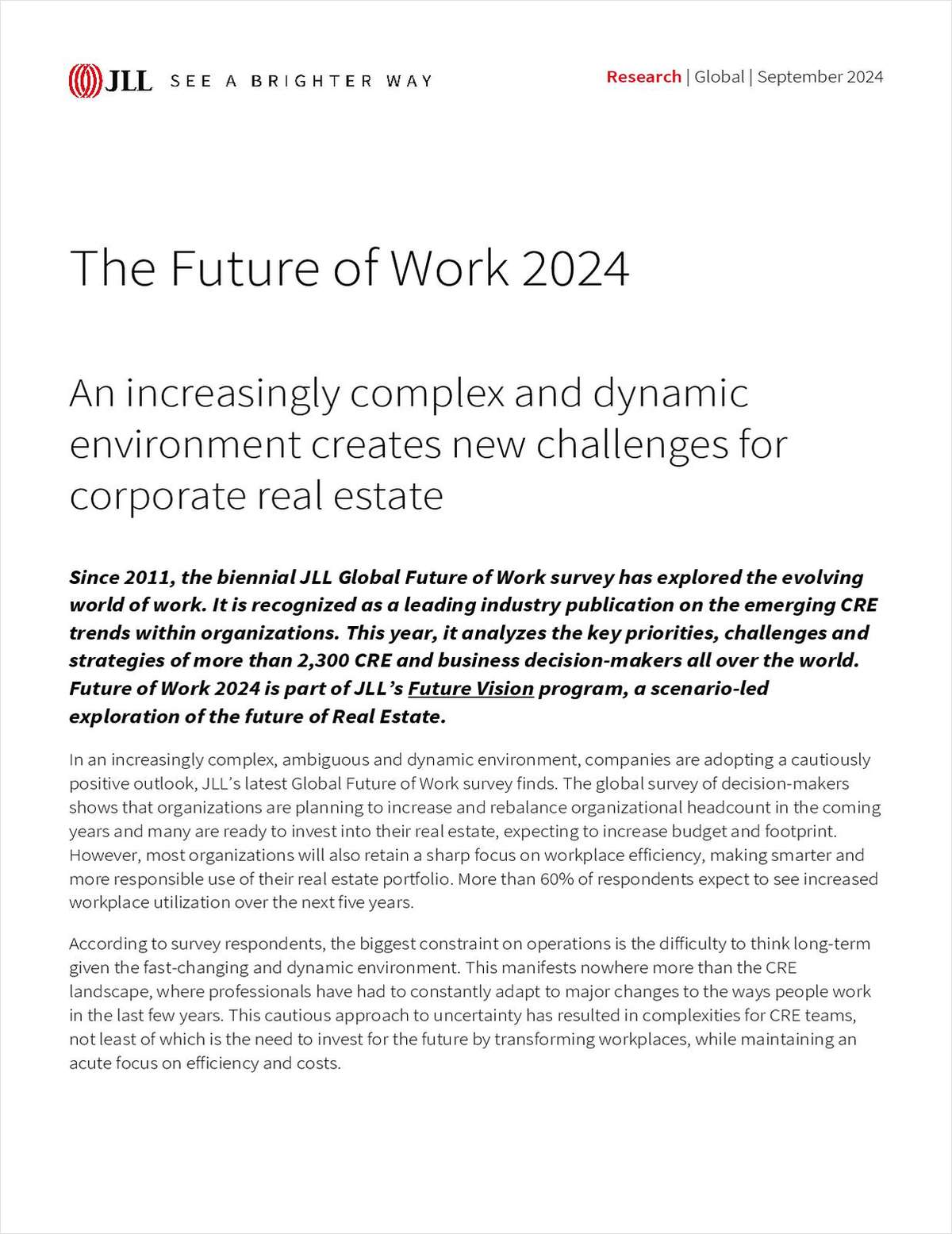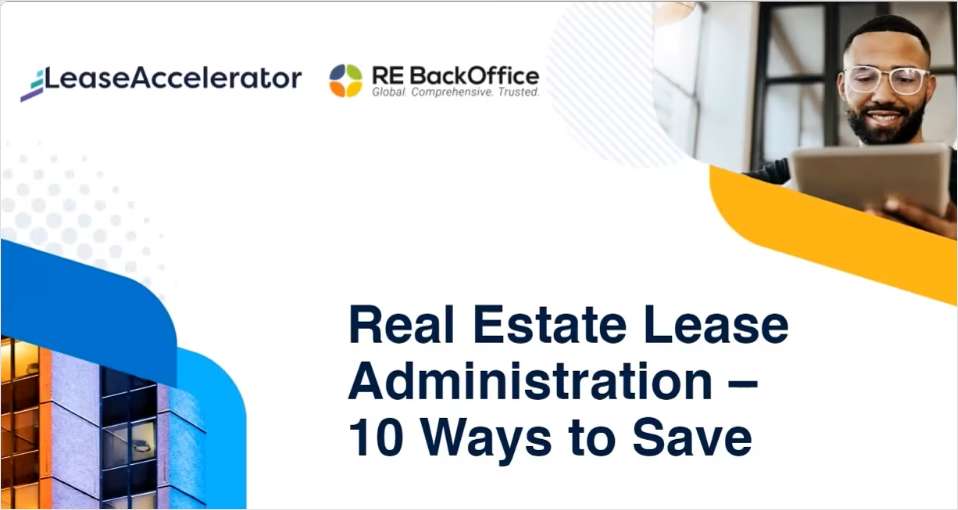ORLANDO—It was standing room only at the second-ever RealShare Central Florida on Thursday. Over 250 gathered at The Citrus Club in Downtown Orlando to hear thought leaders discuss the major property types and underlying growth trends in the city's commercial real estate industry.
Over and again, industry leaders on every panel zeroed in on urbanization. From the rising opportunities in Downtown Orlando to transit oriented developments in other parts of Central Florida, urbanization, one panelist joked, was mentioned about 56 times. That may have been an understatement.
Central Florida has diversified economically in the past decade with its undeniable drivers, such as tourism and hospitality, but what else is driving Florida's future? How will the impact of local and national policy issues and the economy directly affect growth? Industry leaders answered those and other questions in the Town Hall Meeting: State of the Industry Panel.
Richard Matricaria, regional manager of Marcus & Millichap in Tampa, moderated the panel, which included David Barilla, associate director of the Downtown Development Board/Community Redevelopment Agency, Greg Matus, regional managing partner of Franklin Street, Fred Hames, general manager and executive vice president of Skanska USA, Ryan Kratz, president of Tampa Bay, Central Florida and Southwest Florida for Colliers International, Brooke Myers, president of Emerge Real Estate Ventures, and Larry Richey, senior marketing director and Florida market leader for Cushman & Wakefield.
“We are focusing on what is the heart and soul of downtown because that is where the market is shifting,” said Barilla. “People want to be in places where they feel connected. That's where our strength has started to lie and will continue as we move going forward.”
It seems the best is yet to come for Downtown Orlando and the Central Florida region. Richey said five factors drive the area economy: construction spending, business spending, government spending, tourism, job growth and population growth.
“When you look at the spending demand, we are not quite there yet,” Richey said. “Those areas are all muted. As these drivers increase over the next two years, as most people think they will, things will get better.”
Gary Ralston, managing partner at Coldwell Banker Commercial Saunders Ralston Dantzler Realty, moderated the second panel—Deal-Flow Discussion: Transaction Outlook for 2015 and Beyond. The panelists were Kyle Burd, vice president and managing director of Parkway Properties, Russell Frahm, vice president of originations at Mesa West Capital, Tim Hart, partner at Property Tax Alliance Group, Doug Kinson, director of Calkain Companies, David Murphy, senior vice president of Industrial Properties at CBRE, and Marc Suarez, senior vice president of Hunt Mortgage Group. Again, the trend talk was a move toward urbanization and the bright future.
“Florida has grown up,” said Suarez. “South Florida has pulled a lot of the investor base but for actual yields… clients are coming to Orlando. It's not about the mouse anymore. There are new things happening here. Orlando is becoming a real city, an international city. We're even seeing more international flights into Orlando.”
Kinson said most investors are attracted to Central Florida for three primary reasons: tourism is strong, the climate is attractive and Florida is one of the only seven states that has no income tax. At the same time, he sees key challenges for Central Florida, though they are not reserved to this region. Those challenges are: driving expansion beyond the tourist areas; rising interest rates; and the pain of transportation infrastructure improvements from projects like the I-4 Ultimate.
Development and Redevelopment Across Central Florida was the final panel. Justin Greider, vice president of Retail for JLL, moderated the panel, which included CNL Commercial Real Estate Group president Paul Ellis, Marianne Gurnee, SunRail program manager for the Florida Department of Transportation, Steve McCraney, president and CEO of McCraney Property, Skipper Peek, vice president of Commercial Sales and Development at Tavistock Group, and Chuck Whittall, president of Unicorp National Developments.
“Downtown Orlando is a very livable environment,” said Ellis. “There's always a leftover product from recessions. In this last one we had broken condos. Those have been converted and fixed up and now we're seeing eight to 10 power projects. Orlando is moving to an environment that's very attractive to Millennials and younger talent moving to Orlando. From an office development standpoint, when you think of the customer, you have to consider that their mains drive is recruiting talent.”
Whittall stressed the need to make projects more efficient. His firm does that by bringing multifamily into retail projects, which make it easier to lease retail. He brings lifestyle service-oriented tenants into retail projects, which makes it easier to lease multifamily.
“If we are going to design and create a place where people are going to live, work and play, it needs to be done right,” Whittall said. “It needs to be nice. We have people come and hang out.”
© 2024 ALM Global, LLC, All Rights Reserved. Request academic re-use from www.copyright.com. All other uses, submit a request to [email protected]. For more information visit Asset & Logo Licensing.








